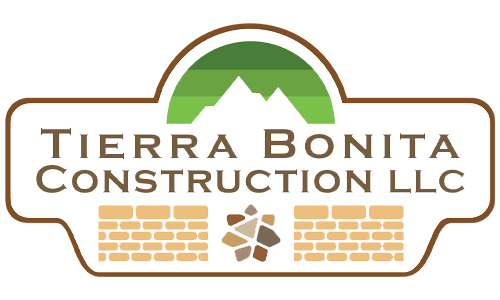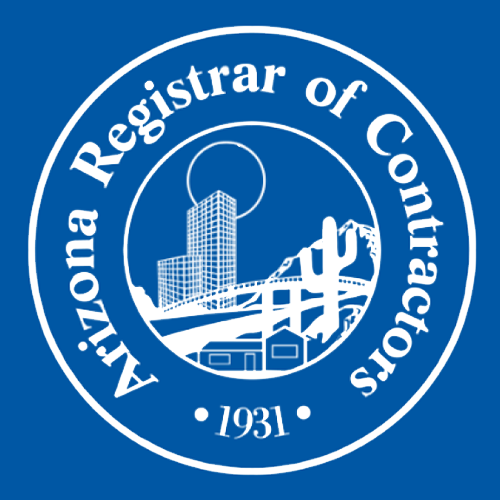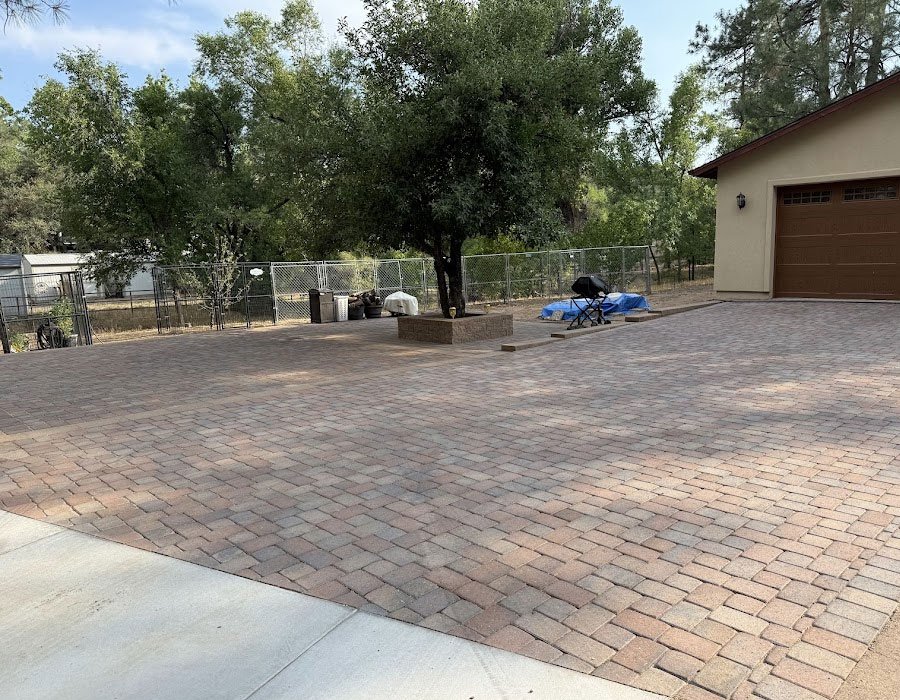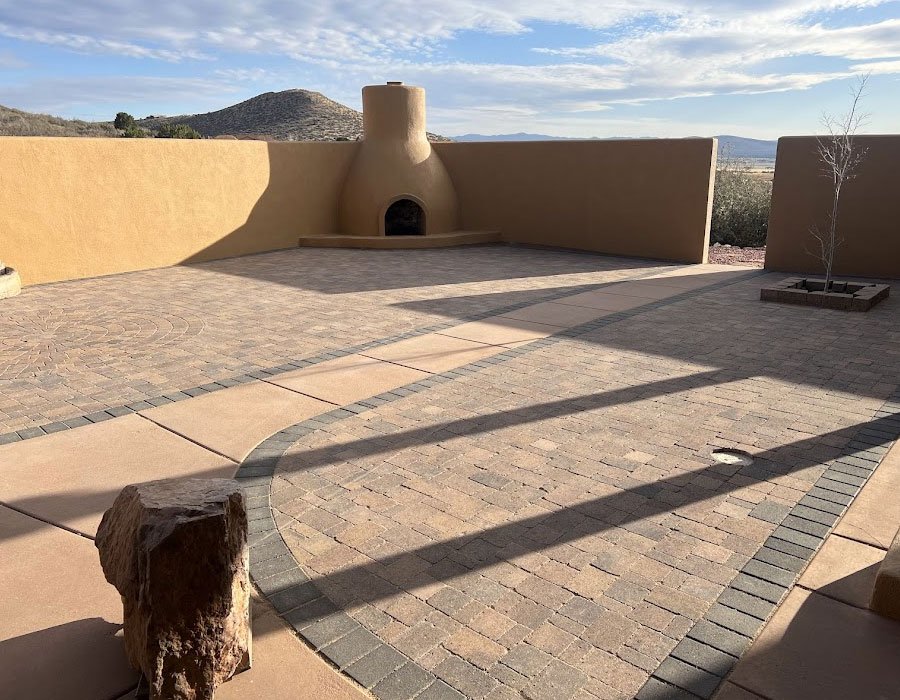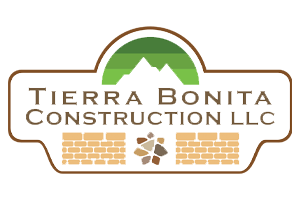Frequently Asked Questions
What can cause uneven surfaces in newly installed paver patios or walkways?
Uneven surfaces in newly installed paver patios or walkways can be caused by inadequate base preparation, improper drainage, soil settlement, or shifting of the pavers due to temperature changes or heavy loads.
What maintenance problems can arise from poorly designed paver patios or walkways?
Poorly designed paver patios or walkways can lead to several maintenance problems, including uneven settling, drainage issues that cause pooling water, and increased weed growth between pavers, all of which can compromise the structure and appearance over time.
How do paver contractors in Phoenix AZ compare in pricing for a standard patio installation?
Paver contractors in Phoenix, AZ, typically offer competitive pricing for standard patio installations, with costs influenced by materials, design complexity, and labor. It's advisable to compare quotes from multiple contractors for the best value.
What factors lead to uneven paver surfaces?
The factors that lead to uneven paver surfaces include improper base preparation, inadequate drainage, soil settlement, and shifting due to temperature changes. These issues can compromise the stability and aesthetics of your paver installation.
How can I prevent paver patio issues?
Preventing paver patio issues involves regular maintenance, proper drainage, and ensuring a solid base during installation. Additionally, sealing pavers can protect against stains and weather damage, prolonging the life of your patio.
What are common paver installation mistakes?
Common paver installation mistakes include improper base preparation, inadequate drainage, incorrect paver alignment, and neglecting to use jointing sand. These errors can lead to uneven surfaces and reduced durability of the installation.
How to choose the right paver materials?
Choosing the right paver materials involves considering factors such as durability, aesthetics, and climate suitability. Opt for materials that complement your landscape design and meet your functional needs for long-lasting performance.
What is the lifespan of paver patios?
The lifespan of paver patios is typically 25 to 50 years, depending on factors such as installation quality, maintenance, and environmental conditions. Proper care can significantly extend their durability and aesthetic appeal.
How to maintain paver walkways effectively?
Maintaining paver walkways effectively involves regular cleaning, sealing every few years, and promptly addressing any weeds or shifting pavers. Use a broom or pressure washer to remove debris, and apply polymeric sand to fill joints for stability.
What design options are available for pavers?
The design options available for pavers include various shapes, sizes, colors, and textures, allowing for creative patterns and layouts that can enhance the aesthetic appeal of your outdoor spaces.
How do weather conditions affect paver installation?
Weather conditions significantly impact paver installation. Ideal conditions include dry, mild temperatures, while excessive rain, snow, or extreme heat can hinder the process, affecting material adhesion and curing times.
What tools are needed for paver installation?
The tools needed for paver installation include a plate compactor, rubber mallet, level, measuring tape, and a trowel. These essential tools ensure precise alignment, proper compaction, and a professional finish for your paver project.
How to fix cracks in paver surfaces?
Fixing cracks in paver surfaces involves cleaning the area, applying a concrete filler or sand, and compacting it to ensure stability. For larger cracks, consider replacing the affected pavers for a seamless repair.
What are the benefits of paver patios?
The benefits of paver patios include their durability, low maintenance, and aesthetic appeal. They can withstand harsh weather conditions and come in various styles, allowing for customized designs that enhance your outdoor space in Prescott, Arizona.
How to ensure proper drainage for pavers?
Ensuring proper drainage for pavers involves creating a slight slope away from structures, using a gravel base for water flow, and incorporating drainage systems like trenches or French drains. This prevents water pooling and prolongs the lifespan of your pavers.
What is the cost of paver installation?
The cost of paver installation varies based on factors such as materials, design complexity, and project size. On average, homeowners in Prescott, Arizona, can expect to pay between $10 to $30 per square foot.
How to select a paver contractor?
Selecting a paver contractor involves evaluating their experience, checking references, and reviewing their portfolio. Ensure they are licensed and insured, and obtain detailed quotes to compare services and pricing effectively.
What maintenance is required for paver surfaces?
The maintenance required for paver surfaces includes regular cleaning to remove debris, occasional sealing to protect against stains, and prompt repairs for any cracks or shifting. This helps maintain their appearance and longevity.
How do paver colors affect heat absorption?
Paver colors significantly affect heat absorption. Darker pavers absorb more heat, leading to warmer surfaces, while lighter colors reflect sunlight, keeping areas cooler. This choice can impact comfort and energy efficiency in outdoor spaces.
What are the best paver patterns for patios?
The best paver patterns for patios include herringbone, basketweave, and running bond. These designs not only enhance aesthetic appeal but also provide durability and stability, making them ideal for outdoor spaces.
How to enhance paver patio aesthetics?
Enhancing paver patio aesthetics involves incorporating design elements like contrasting colors, unique patterns, and decorative borders. Adding outdoor furniture, plants, and lighting can also elevate the overall look and create a more inviting atmosphere.
What is the process of paver installation?
The process of paver installation involves several key steps: preparing the site by excavating and leveling the area, laying a base of gravel for drainage, setting the pavers in the desired pattern, and finally, filling the joints with sand to secure them in place.
How to prepare the ground for pavers?
Preparing the ground for pavers involves clearing the area of debris, excavating to the appropriate depth, and ensuring proper drainage. Compact the soil and add a layer of crushed stone for stability before laying the pavers.
What are the advantages of interlocking pavers?
The advantages of interlocking pavers include their durability, low maintenance, and ability to withstand harsh weather conditions. They also provide excellent drainage, are aesthetically versatile, and can easily be replaced if damaged, making them a smart choice for landscaping projects.
How to clean stained paver surfaces?
Cleaning stained paver surfaces involves using a mixture of water and mild detergent or a specialized paver cleaner. Scrub the stained areas with a stiff brush, rinse thoroughly, and allow to dry for best results.
What warranties are offered on paver installations?
The warranties offered on paver installations include a limited lifetime warranty on the pavers themselves and a one to two-year warranty on the installation labor, ensuring quality and durability for your landscaping projects.
How to assess paver installation quality?
Assessing paver installation quality involves checking for proper alignment, consistent joint spacing, and adequate compaction. Additionally, ensure the surface is level and that drainage is effectively managed to prevent water pooling.
What are the environmental impacts of pavers?
The environmental impacts of pavers include their ability to manage stormwater runoff, reduce heat island effects, and promote biodiversity. However, the production and transportation of pavers can also contribute to carbon emissions.
How to choose paver sizes for projects?
Choosing paver sizes for projects involves considering the area dimensions, design aesthetics, and intended use. Larger pavers can create a modern look and reduce joints, while smaller pavers offer more design flexibility.
What are the latest trends in paver design?
The latest trends in paver design include the use of eco-friendly materials, intricate patterns, and mixed textures, as well as incorporating natural stone and larger format pavers to create unique, stylish outdoor spaces.
